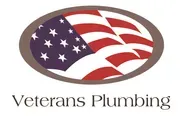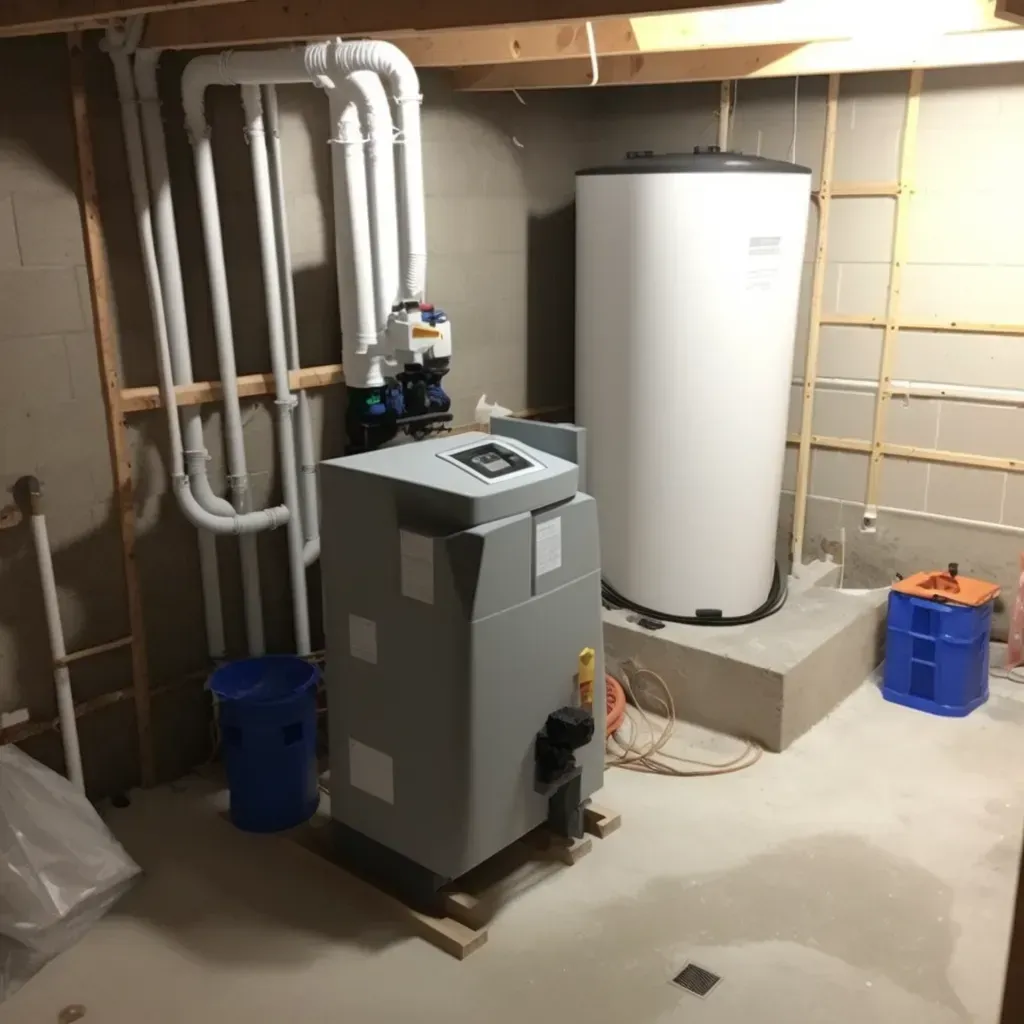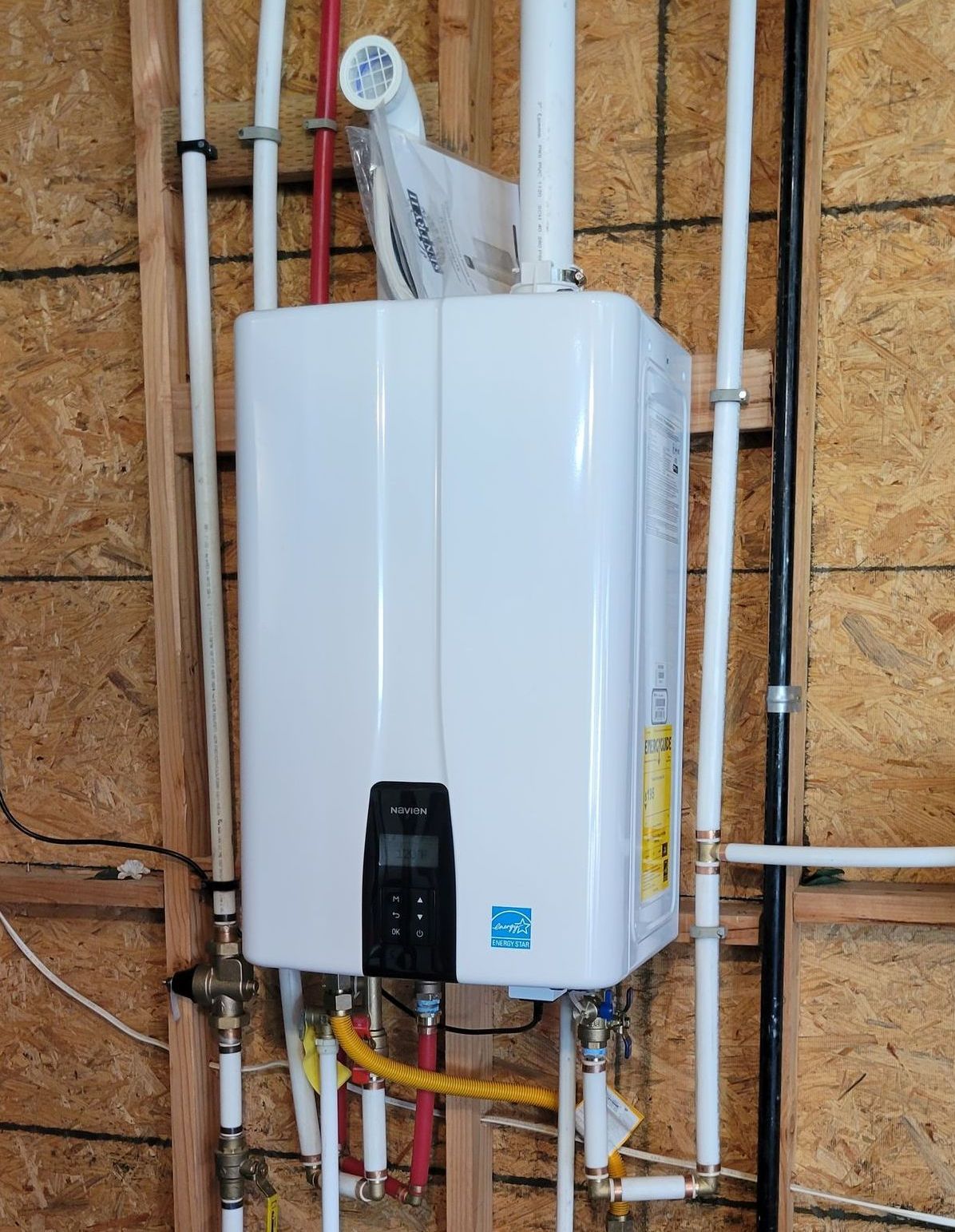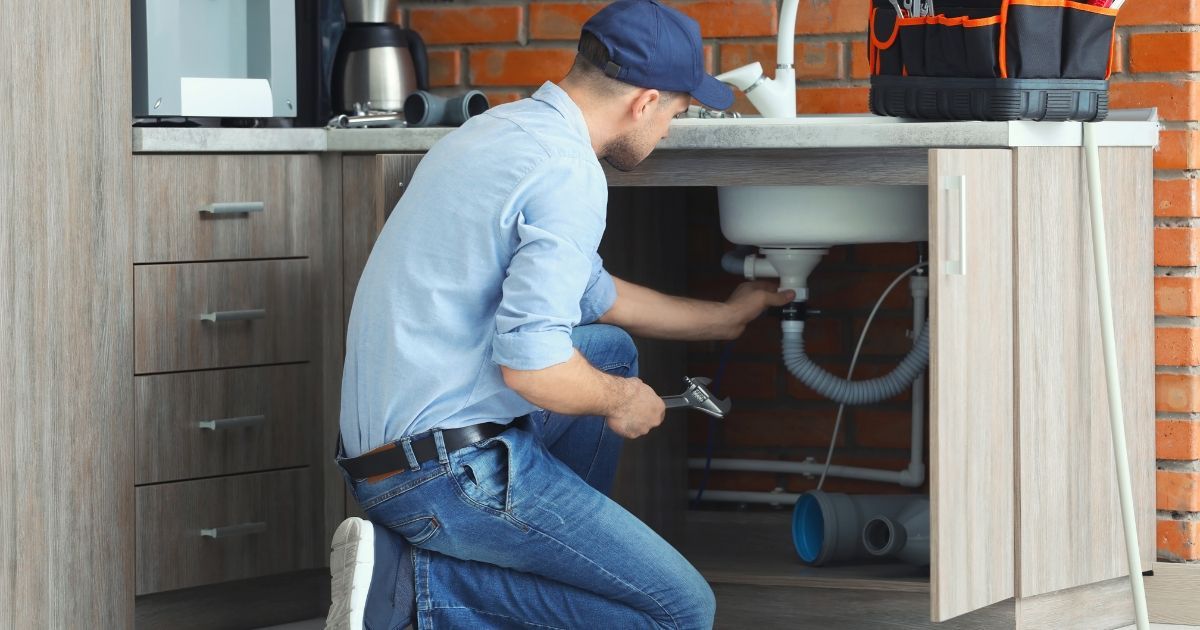Eco-Friendly Plumbing Solutions: Reducing Your Carbon Footprint
A bathroom remodel is an exciting way to enhance your home’s comfort, aesthetics, and functionality. However, beyond choosing stylish tiles and modern fixtures, it’s essential to address the plumbing aspects of your renovation to ensure efficiency, longevity, and compliance with local building codes. Without proper planning, you could face costly issues down the line. Here’s what you need to know about plumbing considerations when upgrading your bathroom.
1. Assess Your Existing Plumbing System
Before starting your remodel, evaluate the current state of your plumbing system. Aging pipes, outdated fixtures, and poor water pressure can impact the success of your renovation.
Key Steps:
- Check for leaks, corrosion, or blockages in existing pipes.
- Determine if your current water pressure is adequate for new fixtures.
Consult a professional plumber to assess whether any upgrades or replacements are needed.
2. Plan Fixture Placement Wisely
Relocating sinks, toilets, or showers can drastically impact your plumbing layout, potentially increasing labor and material costs.
What to Consider:
- Keep the existing layout if possible to minimize the need for major plumbing reroutes.
- If changes are necessary, ensure new placements comply with building codes.
Work with a plumber to design an efficient and cost-effective layout.
3. Upgrade to Modern, Efficient Fixtures
Modern plumbing fixtures not only enhance the appearance of your bathroom but also improve water efficiency and performance.
Recommended Upgrades:
- Low-flow toilets to reduce water usage.
- High-efficiency showerheads and faucets to conserve water without sacrificing pressure.
- Touchless or brilliant faucets for added convenience and hygiene.
4. Ensure Proper Drainage and Ventilation
Poor drainage and ventilation can lead to moisture buildup, mold growth, and unpleasant odors in your new bathroom.
Essential Tips:
- Upgrade to larger drain pipes if installing a high-flow shower or multiple fixtures.
- Ensure proper slope and alignment of pipes for efficient water flow.
- Verify that ventilation systems (such as exhaust fans) are sufficient to prevent humidity buildup.
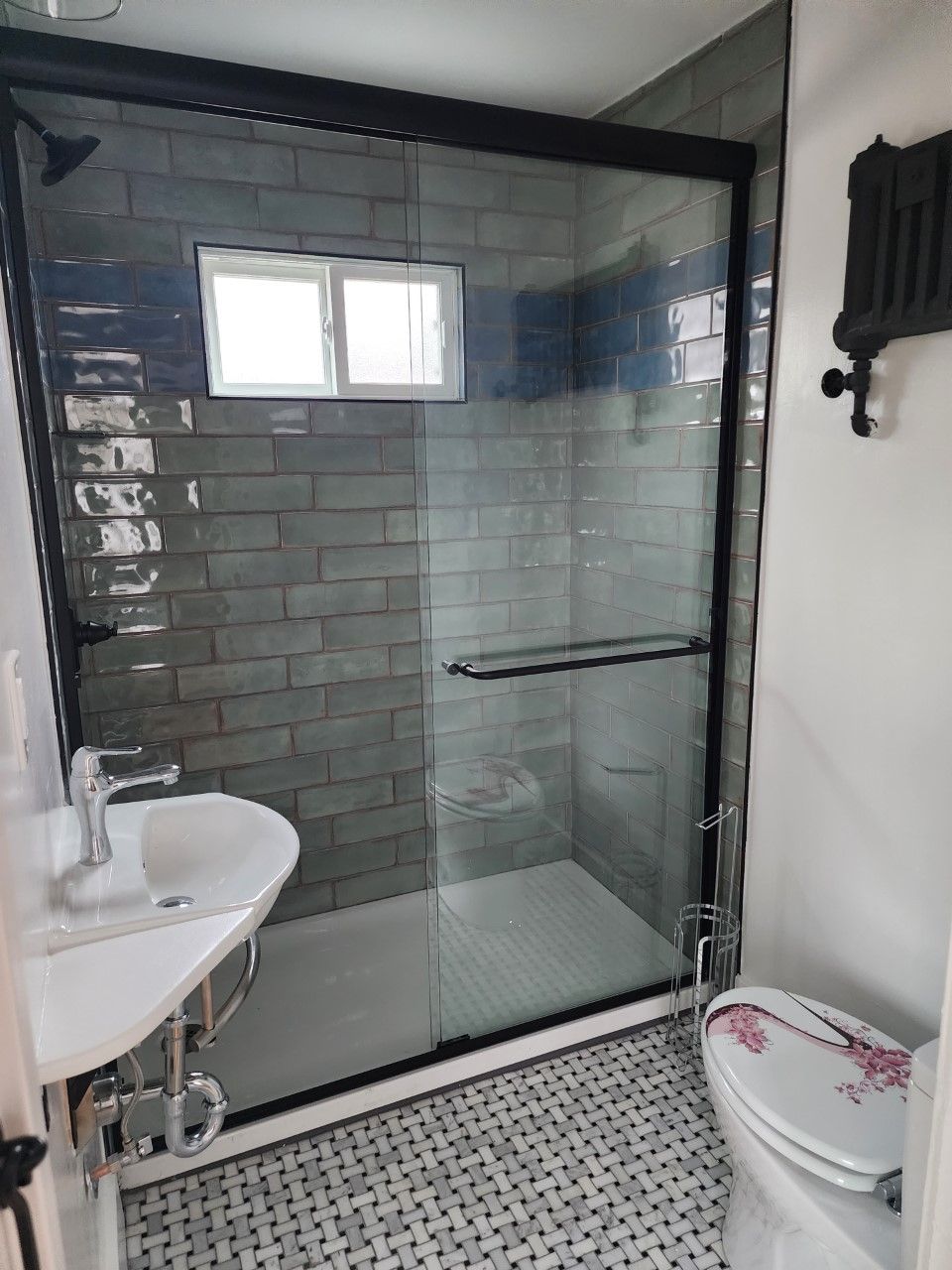
5. Consider Water Heater Capacity
Adding multiple water-consuming fixtures, such as a spa tub or dual showerheads, can strain your water heater if it’s not equipped to handle increased demand.
How to Address This:
- Determine if your current water heater can support additional usage.
- Upgrade to a larger capacity unit or consider a tankless water heater for continuous hot water supply.
- Consult a plumber to ensure proper installation and compatibility with your plumbing system.
6. Check for Code Compliance
Each locality has specific plumbing codes that must be followed to ensure safety and functionality. Failing to comply can result in fines or having to redo parts of your remodel.
Steps to Stay Compliant:
- Research local building codes or hire a licensed plumber who is familiar with them.
- Obtain necessary permits before starting the renovation.
- Ensure all plumbing work is inspected and approved before finishing construction.
7. Invest in Quality Materials
While it’s tempting to cut costs, investing in durable pipes, fittings, and fixtures will save you money in the long run by preventing leaks and failures.
Best Practices:
- Use PEX or copper piping for longevity and reliability.
- Choose ceramic disc valves for faucets to reduce leaks and wear.
- Opt for stainless steel or brass fittings over plastic for added durability.
Why You Should Hire a Professional Plumber
Bathroom remodeling involves complex plumbing work that requires expertise to ensure safety, efficiency, and code compliance. DIY mistakes can lead to costly repairs and potential water damage.
Check out our services: Water Softeners & Treatment, Water Repair & Install, Tankless Water Heaters, Residential & Emergency Plumbing.
Blog
Book a Service Today
For more info on water softeners, water heaters and tankless water heaters Idaho Residents need, contact us today.
